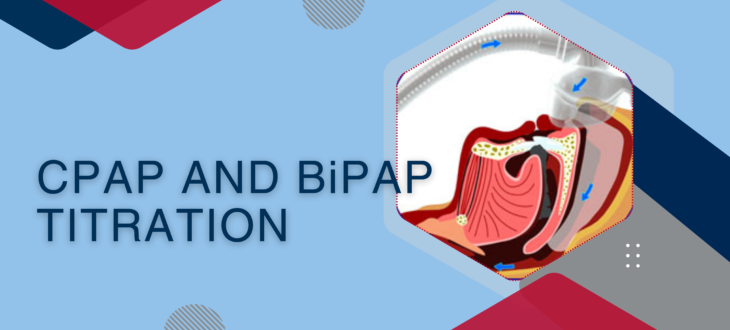Continuous Positive Airway Pressure (CPAP) and Bi-level Positive Airway Pressure (BiPAP):

Continuous Positive Airway Pressure (CPAP) appears to be the best and most effective treatment for Obstructive Sleep Apnea. CPAP flow generators develop a constant, controllable pressure to keep your upper airway open so that you can breathe normally. CPAP is effective in 95% of patients with OSA. The units are reliable, quiet, and efficient and come in a variety of sizes and shapes.
Controlled pressure is induced through the nasal passage, holding the soft tissue of the uvula, soft palate, and the soft pharyngeal tissue in the upper airway in position so that the airway remains open while you descend into the deeper stages of sleep and REM sleep. The pressure acts much in the same way as a splint, holding the airway open. There are typically three methods of inducing pressure and airflow into the nasal cavity: nasal masks, nasal pillows, and nasal seals. The most commonly used is the nasal mask.
Nearly all CPAP manufacturers make at least one style of nasal mask, most make two or three different ones.

Nasal pillows are small, oval-shaped latex rubber prongs that fit into the opening of the nostril. They are held in place by a shell that is attached to the headgear. When fit properly they are very comfortable and seldom leak. Nasal seals fit against the opening of the nostril and are held in place by a special frame attached to the headgear.
Your local equipment provider will be happy to show you the different styles available from each of the different manufacturers. They can help you make the right selection for your lifestyle. They will also be there to service your CPAP supply needs and service. Check with your local sleep lab for their equipment provider recommendation. If you need help in making your CPAP unit work for you, please contact us.
BiPAP stands for Bi-level Positive Airway Pressure, a breathing apparatus that helps people get more air into their lungs. It was developed from the CPAP in the 1990s.
With the development of BiPAP, air delivered through a mask can be set at one pressure for inhaling and another for exhaling. This makes BiPAP much easier for users to adapt to and also allows neuromuscular disease sufferers to use the device. Because of these dual settings, BiPAP allows people to get more air in and out of the lungs without the natural muscular effort needed to do so. BiPAP has been found to be especially useful for patients with congestive heart failure and lung disorders, especially those that result in above-normal levels of carbon dioxide. In addition, patients for whom intubation is not possible can benefit from breathing assistance from BiPAP.

